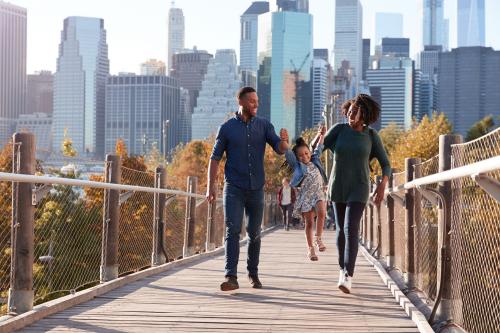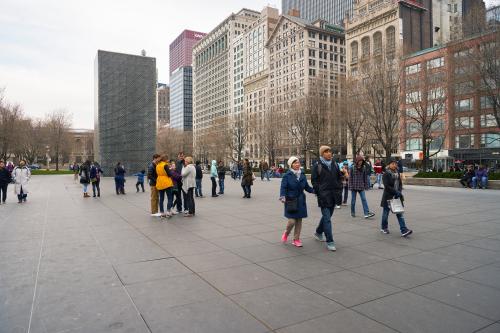Borders and fences, amnesty and enforcement, earned legalization and guest workers—such is the shorthand in debating immigration today.
Yet, we talk little about refugees.
It may be because refugees comprise only about 10 percent of annual immigration to America. It may also be because their entry to the United States is rarely debated. Accommodating refugees represents the best ideals of this nation.
Fleeing war, famine, religious or ethnic persecution, and, in some cases, former American foreign-policy engagement, refugees are the epitome of Emma Lazarus’ words, engraved on the Statue of Liberty, of the “tired, poor, and huddled masses yearning to be free.”
A replica of said statue is set to be returned to its place on the beach at Alki this spring. And it’s appropriate, as the Puget Sound region increasingly accommodates many fleeing the worst life has to offer.
From 1983 to 2004, the Seattle region ranked No. 5 nationally in the resettlement of refugees, behind the big immigrant gateways of New York, Los Angeles and Orange County in California, and Chicago. However, Seattle’s total foreign-born ranking is only 23rd, as refugees there comprise much more of the immigrant population than most other places around the country.
The region’s refugee population is probably more important to the growth of the region than in other places. And it has been growing over the past 20 years.
Of the some 50,000 refugees resettled in Seattle over that period, fully one-third are from Southeast Asia—including Vietnam, Cambodia and Laos—and 42 percent come from the remnants of the USSR.
Other sizable populations come from the former Yugoslavia, Somalia and Ethiopia.
Metropolitan Seattle—along with Minneapolis-St. Paul, Atlanta, Sacramento and Portland—has progressively resettled more refugees over time.
Now, one in five U.S. refugees is initially placed in one of these metropolitan areas, up from only 9 percent in the 1980s and 13 percent in the 1990s.
And these refugees are different than in the past.
Because of changes in the conflicts beleaguering our planet, refugees admitted to the United States in recent years increasingly hail from African countries confronting civil conflict.
Like earlier waves, these newest refugees are determined to pursue, but unprepared for, life and work in the United States and need assistance as they settle into new communities and become active members of local schools, workplaces and neighborhoods.
Like other foreign-born migrants, Seattle’s refugees have been quickly plugging into the economic life of the region, from the bustling International District downtown to the polyglot scene that is the Crossroads Mall in Bellevue.
Seattle’s healthy local labor market has helped foster their adjustment as many refugees have found foothold jobs in hotels, restaurants, shops, health services, food production and preparation. Perhaps not long term, but these jobs are key steps on the road to economic independence and upward mobility. In any event, they are a far cry from the situations refugees left behind.
Local service agencies and assistance organizations, religious and ethnically based, play a strong role in the resettlement process.
These groups do the local work of connecting refugees to employers, housing, health care and language training and otherwise aid their progress toward self-sufficiency. And they are careful to do it in a linguistically and culturally appropriate way.
And other partners exist.
The Seattle Police Department reaches out to refugee and immigrant communities to deal with the potential downfalls of being a stranger in a strange land, specifically addressing gang and drug problems and launching efforts to prevent violence against refugees and immigrants.
The state Office of the Superintendent of Public Instruction has a multiyear program to target schools with large numbers of immigrant and refugee families that aims to improve schooling outcomes for high-school students and increase graduation rates. Involving parents is key to that success, as is the specialized training that tutors receive.
Programs like these—involving few tax dollars but reaping considerable economic rewards for all the region—are in the best interest of Seattle’s residents, whether they are refugee newcomers or families that have lived in the region for generations.
Though Seattle fights about highways and stadiums, transit and buses, the entire Puget Sound should proclaim itself in the vanguard on this issue, a beacon, like the statue, of what is right.



Commentary
Op-edSeattle: Still Yearning To Be Free
November 2, 2006